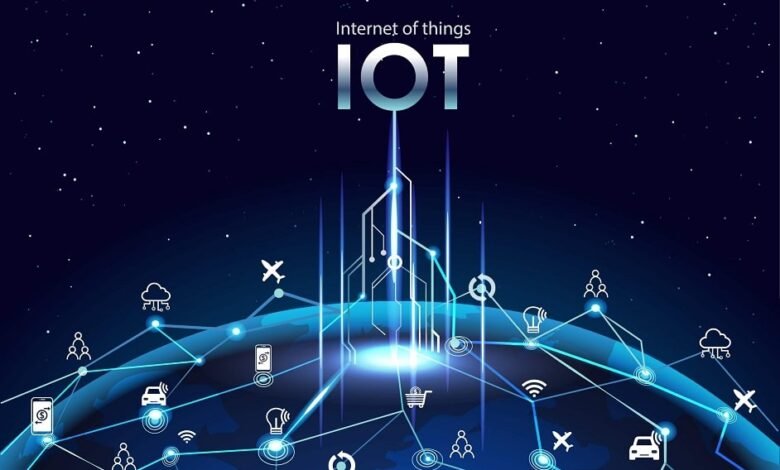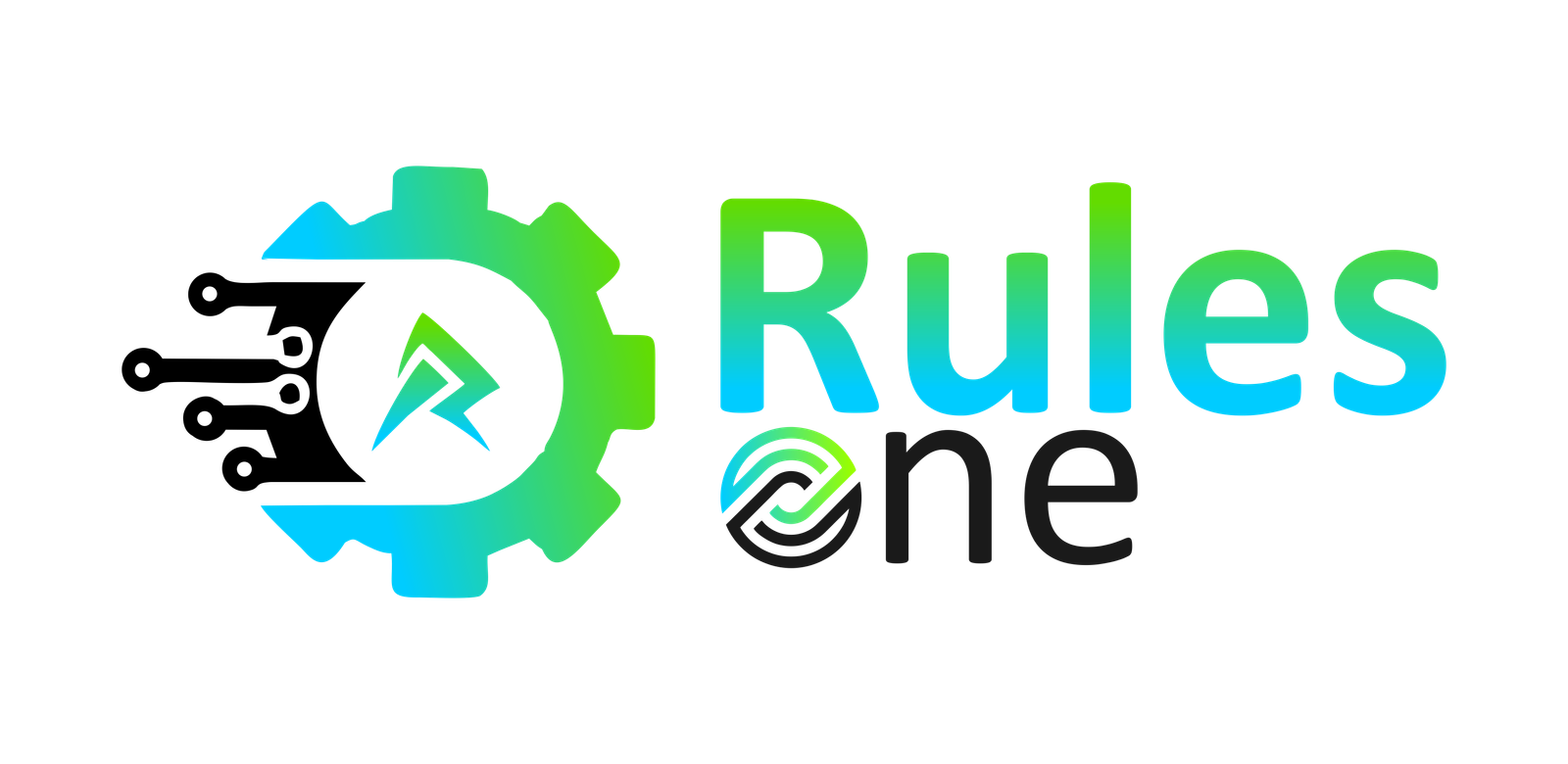IoT Analytics: Unlocking the Power of Connected Data

The process of gathering, examining, and interpreting data produced by IoT devices is known as IoT Analytics. It entails collecting data from different sources, including sensors, actuators, and linked devices, and turning it into insights that may be used. IoT Analysis empowers businesses to find trends, spot abnormalities, and streamline processes using sophisticated analytics methods like machine learning and artificial intelligence.
The Key Benefits of IoT Analytics
IoT Analysis offers a myriad of benefits across industries:
Real-time Decision Making: IoT Analytics empowers businesses to make informed decisions promptly by providing real-time insights. This agility allows organizations to respond swiftly to market changes, optimize processes, and enhance customer experiences.
Improved Operational Efficiency: With IoT Analysis, organizations can monitor and analyze data from their devices, machinery, and systems. They enable proactive maintenance, optimizing operational efficiency, reducing downtime, and lowering costs.
Enhanced Predictive Capabilities: IoT Analysis enables predictive modeling and forecasting by leveraging historical and real-time data. They help businesses anticipate trends, identify potential issues, and take preventive measures, fostering proactive decision-making.
Actionable Business Intelligence: IoT Analysis uncovers valuable insights from the vast data collected. By translating raw data into actionable intelligence, organizations can identify new revenue streams, optimize resource allocation, and drive innovation.
Challenges in Implementing IoT Analysis
While IoT Analysis offers tremendous potential, several challenges need to be addressed for successful implementation:
Data Volume and Variety: IoT data’s sheer volume and diversity present challenges in storage, processing, and analysis. Organizations must invest in robust infrastructure and scalable analytics platforms to handle large datasets effectively.
Data Security and Privacy: As IoT devices collect sensitive data, ensuring robust security measures and protecting user privacy becomes paramount. Organizations must implement encryption, access controls, and secure data-sharing protocols to mitigate risks.
Interoperability and Integration: IoT security devices and systems often operate on different protocols and standards, challenging seamless integration. Organizations must invest in technologies that facilitate interoperability, enabling data exchange and collaboration across platforms.
IoT Analysis in Manufacturing and Supply Chain
In the manufacturing and supply chain domain, IoT Analysis revolutionizes operations:
Predictive Maintenance: By analyzing sensor data from machines and equipment, IoT Analysis enables predictive maintenance. They help organizations identify potential failures in advance, optimize maintenance schedules, and reduce downtime.
Inventory Optimization: IoT Analysis allows real-time monitoring of inventory levels, demand patterns, and supply chain performance. This data-driven approach optimizes inventory management, reduces stockouts, and streamlines order fulfillment processes.
Supply Chain Visibility: IoT Analytics provides end-to-end visibility into the supply chain, enabling organizations to track shipments, monitor logistics, and optimize routes. They enhance efficiency, reduce delays, and improve customer satisfaction.
Transforming Healthcare with IoT Analytics
In the healthcare sector, IoT Analysis holds immense potential to improve patient care:
Remote Patient Monitoring: IoT devices and wearables enable real-time monitoring of patient vital signs and health parameters. IoT Analysis helps healthcare providers detect anomalies, identify trends, and provide timely interventions, leading to improved patient outcomes.
Optimized Resource Allocation: IoT Analysis enables efficient resource allocation by analyzing data from medical equipment and facilities. They include optimizing bed occupancy, managing medical supplies, and streamlining workflow, enhancing operational efficiency.
Preventive Healthcare: IoT Analytics empowers healthcare professionals to identify patterns and risk factors associated with diseases. By leveraging this insight, personalized preventive measures can be implemented, reducing the prevalence of chronic conditions and promoting wellness.
Enhancing Smart Cities with IoT Analytics
IoT Analysis plays a pivotal role in building more innovative and sustainable cities:
Traffic Management: By analyzing real-time data from connected traffic sensors, IoT Analytics optimizes traffic flow, reduces congestion, and enhances transportation efficiency. They reduce travel time, fuel consumption and improved air quality.
Energy Management: IoT Analytics enables the collection and analysis of energy consumption data from smart grids and buildings. They allow cities to optimize energy distribution, monitor usage patterns, and implement energy-saving initiatives, fostering sustainability.
Waste Management: Leveraging IoT Analysis, cities can monitor waste collection bins, optimize collection routes, and reduce overflow. They minimize operational costs, improve waste management processes, and promote environmental conservation.
IoT Analytics in Agriculture and Farming
In the agricultural sector, IoT Analysis is revolutionizing farming practices:
Precision Farming: By integrating data from soil sensors, weather stations, and crop monitoring devices, IoT Analysis enables precision farming techniques. They include optimized irrigation, precise nutrient management, and early pest detection, leading to increased crop yields and resource efficiency.
Livestock Monitoring: IoT Analysis facilitates real-time monitoring of livestock health, behavior, and environmental conditions. They help farmers detect signs of illness, implement preventive measures, and ensure animal welfare, ultimately improving productivity.
Crop Quality and Yield Optimization: IoT Analysis enables farmers to optimize crop yield and quality by analyzing data from farming equipment and sensors. they include monitoring growth conditions, identifying disease patterns, and implementing targeted interventions for optimal
Securing IoT Analysis: Privacy and Data Protection
As IoT Analysis relies on vast amounts of sensitive data, ensuring privacy and data protection is crucial:
Data Encryption: Organizations should implement robust encryption algorithms to secure IoT data during transmission and storage. Encryption prevents unauthorized access and safeguards data integrity.
Access Controls: Implementing strong access controls, such as multi-factor authentication and role-based permissions, helps prevent unauthorized individuals from accessing IoT Analysis platforms and sensitive data.
Data Anonymization: Anonymizing personal and sensitive data before analysis helps protect individual privacy. Organizations can extract valuable insights without compromising privacy by removing identifying information.
Data Governance and Compliance: Adhering to data governance frameworks and industry regulations, such as GDPR, HIPAA, and CCPA, ensures that IoT Analysis processes are aligned with privacy and data protection requirements.
The Future of IoT Analysis
The future of IoT Analysis holds exciting possibilities:
Edge Analytics: With the rise of edge computing, IoT Analytics is moving closer to the data source. Edge analytics allows real-time analysis and decision-making at edge devices, reducing latency and enhancing responsiveness.
Artificial Intelligence Integration: The integration of IoT Analytics with artificial intelligence (AI) techniques, such as machine learning and deep learning, enables more advanced data analysis and predictive capabilities. AI-powered IoT Analysis can uncover complex patterns and deliver more accurate insights.
Blockchain for Data Security: Blockchain technology can enhance the security and integrity of IoT data by providing decentralized and tamper-proof storage. By leveraging blockchain, IoT Analysis can ensure data authenticity and trustworthiness.
Industry-Specific Applications: IoT Analysis will continue to find applications in various industries, including retail, transportation, energy, and more. Customized analytics solutions will cater to the specific needs of each sector, enabling targeted insights and optimizations.
Conclusion
IoT Analytics has emerged as an effective device for extracting treasured insights from many records generated through interconnected devices. By harnessing superior analytics techniques, IoT Analysis empowers companies and industries to make records-pushed decisions, optimize operations, and innovate. However, demanding situations, including records volume, security, and interoperability, want to be addressed for successful implementation. As we appear to the future, the mixing of AI, facet analytics, and blockchain will, in addition, beautify the competencies of IoT Analysis, ushering in a better and greater linked world.








